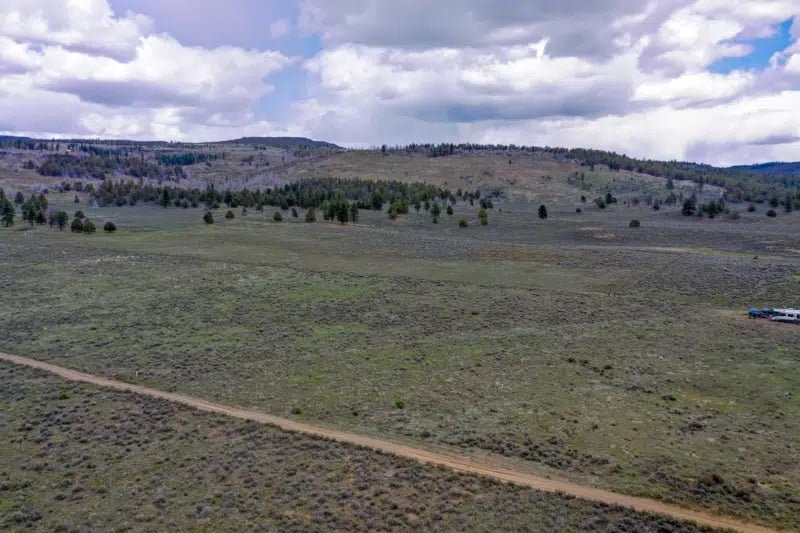Before selling, landowners typically look to buy more land so they won’t be left empty-handed.
As land is in high demand and well-presented land typically attracts many offers; this is why buying land is considered a good investment.
Instead, the owners would prefer not to sell at first and would lose any income from their real estate for a specific period of time. However, such a situation can create a lot of challenges in the way of the landlord.
Although it is conceivable, conventional real estate doesn’t make it simple to purchase a property before selling the old one. This is because there is intense competition in real estate markets.
Additionally, the options available to you may disappoint you if you are trying to make a tangible investment by buying a property as well as selling a property. This may also require you to put the proceeds from the sale as a deposit for the new property.
Thus, buyers need to clear several hurdles before disposing of their existing property. As a responsible landowner, it is your responsibility to overcome several finance and contingency obstacles to achieve the best inflation hedge.
Nevertheless, the real estate sector is evolving. Although this strategy of buying before selling carries some obvious risks, it’s generally less risky in a seller’s market. This is mainly because there are more buyers than sellers, which causes a property to sell swiftly and for a great price.
There are two significant obstacles that people in this scenario frequently encounter:
- Obtaining a deposit for the new land map.
- Both properties have yet to maintain a manageable debt-to-income ratio.
These obstacles can be handled efficiently with three useful tips mentioned below:
Table of Contents
Secure a Bridge Loan
A short-term and interest-only loan is known as a “bridging loan”. The purpose of this loan is to “bridge” the gap between the debt you are currently facing and the money you anticipate will be accessible at a later time. When compared to mortgages, such loans can be easier to arrange and may include various flexible terms.
The equity of your existing land is taken out to finance the deposit of your new property. However, keep in mind that to secure a bridge loan, most lenders ask you to make a formal offer on both of your properties.
Considering that these loans can be set up faster than traditional mortgages, lenders typically stick to strict standards. You’ll need to have an excellent credit history and an exit plan outlining how you’ll pay back the bridging loan to qualify for one.
Bridge loans have a few disadvantages as well.
- They are costly, first and foremost.
- Due to their short tenure, lenders charge hefty interest rates for these loans. The rate can largely depend on the lender, but it can be anything between 6% and 20%.
Lastly, they pose a high risk. You will be saddled with the debt, which carries a rather high rate of interest if your old property doesn’t sell.
Make a Contingent Offer
Making an offer that is contingent is a typical practice to enable the parallel purchasing and selling of a property. Here, you commit to purchasing the new property only if you can obtain a buyer for your existing property within a specific time frame.
The contingency provision permits you to back out of the new property if you are unable to locate a buyer for your current property.
Despite how practical and appealing it may seem, sellers despise contingent offers and usually regard them as a red flag. This increases the chances of the seller losing the deal as a result. No seller wants to spend their time and money on a questionable contract.
Placing a contingent offer could put you at a loss in a marketplace if other bidders are willing to purchase the property with cash offers.
Use a Power Buyer Service
Another option is to remove the equity from your existing property before selling so that the proceeds can be used to purchase your new land. This is what modern brokerage firms do. As a result, you can make a contingency-free offer without accumulating any additional debt.
Contemporary brokerage firms ensure the sale of your old property while giving you close to 90% of its worth beforehand to invest in the new purchase.
Companies assist you in preparing your property for sale and listing it on the marketplace after you purchase your new property. You get the excess amount if your property sells for more than the list price.
Using this service, you can sell your land before it is actually sold, without having to spend your money on taking out additional mortgages.
Wrapping Up!
The idea of purchasing a new property before selling can be frightening to several individuals. But it’s not necessary to be.
Before selling your current property, it is feasible to buy a new one to enjoy the benefits of owning land. This may also be necessary, especially if you need to buy land quickly if the market is weak.
There are numerous ways you may make this effective for you; whatever option you choose will depend on your financial circumstances and the state of the real estate market at that point.
Any decision you make should be supported by a thorough analysis of your circumstances and associated risks. There are several questions to ask when buying land, including:
- Have you built up enough equity in your current property that, even if it didn’t sell quickly, you could still afford the purchase of a new one?
- Are you an extremely choosy land buyer or do you have a very certain kind of land in mind that doesn’t often come up for sale?
Assessing the risks and understanding how your situation may develop based on those risks can help you make the right choice.









